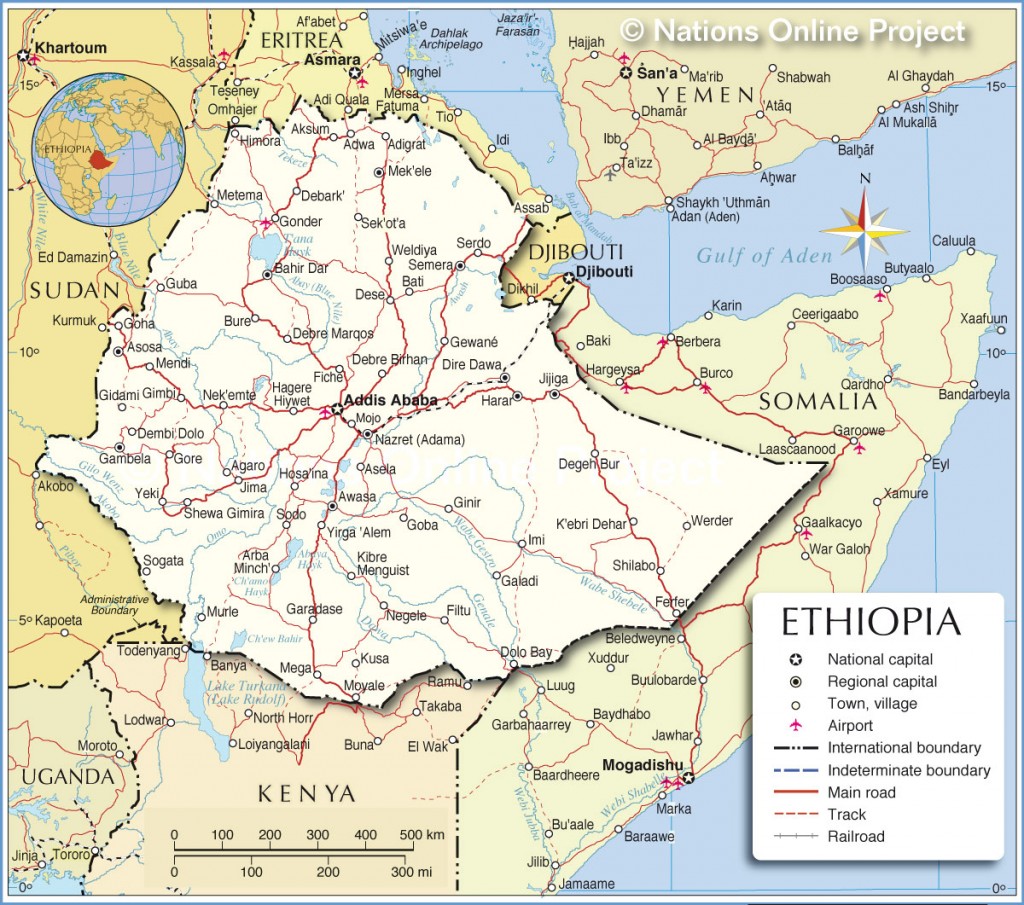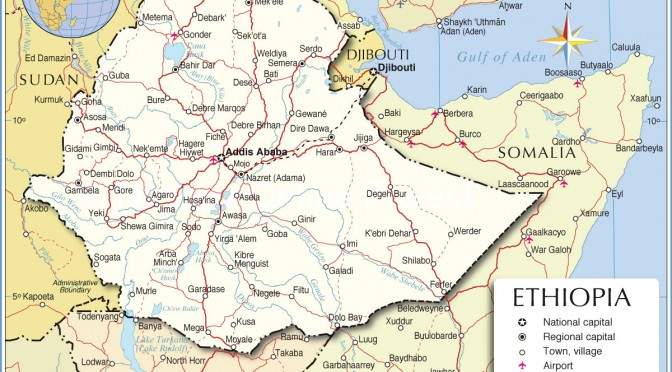Ethiopia, a country with a population of over 100 million people, has been making significant strides in its efforts to harness the power of wind energy. As the nation grapples with the challenges of energy security and climate change, wind energy has emerged as a vital component of its renewable energy mix. This growing importance of wind energy in Ethiopia can be attributed to a combination of factors, including the country’s vast wind resources, government support, and the increasing demand for clean and sustainable energy.
One of the primary reasons for the growing importance of wind energy in Ethiopia is the country’s abundant wind resources. According to the Ethiopian Electric Power Corporation (EEPCo), Ethiopia has the potential to generate over 1.3 million megawatts (MW) of wind power, making it one of the most promising wind energy markets in Africa. This potential is mainly due to the country’s diverse topography, which features highlands, rift valleys, and lowlands, creating favorable conditions for wind energy generation.
The Ethiopian government has recognized the importance of wind energy and has been actively supporting its development. In 2011, the government launched the Climate Resilient Green Economy (CRGE) strategy, which aims to transform Ethiopia into a middle-income country by 2025 while maintaining a low carbon footprint. The CRGE strategy identifies wind energy as one of the key pillars for achieving this goal, and as a result, the government has been investing heavily in wind energy projects.
One of the most notable wind energy projects in Ethiopia is the Adama Wind Farm, which consists of two phases. The first phase, Adama I, was completed in 2012 and has a capacity of 51 MW. The second phase, Adama II, was completed in 2015 and has a capacity of 153 MW. Together, these two projects have significantly increased Ethiopia’s wind energy capacity and have helped to diversify the country’s energy mix.
Another major wind energy project in Ethiopia is the Ashegoda Wind Farm, which was completed in 2013 and has a capacity of 120 MW. This project was developed by the French company Vergnet and was partly financed by the French Development Agency (AFD). The Ashegoda Wind Farm is considered one of the largest wind energy projects in Africa and has played a crucial role in demonstrating the viability of large-scale wind energy projects in the region.
The growing importance of wind energy in Ethiopia can also be attributed to the increasing demand for clean and sustainable energy. As the country’s economy continues to grow, so does its energy consumption. According to the International Energy Agency (IEA), Ethiopia’s energy consumption is expected to increase by 5% annually until 2040. This growing demand for energy has put pressure on the country’s existing energy infrastructure, which is primarily based on hydropower.

While hydropower has been the backbone of Ethiopia’s energy sector, it is also vulnerable to the impacts of climate change, such as droughts and reduced rainfall. This vulnerability has prompted the government to explore alternative sources of energy, such as wind power, to ensure the country’s energy security and reduce its reliance on hydropower.
In conclusion, the growing importance of wind energy in Ethiopia can be attributed to the country’s vast wind resources, government support, and the increasing demand for clean and sustainable energy. As Ethiopia continues to invest in wind energy projects and diversify its energy mix, it is well on its way to becoming a regional leader in renewable energy and a model for other African countries looking to harness the power of wind energy.


